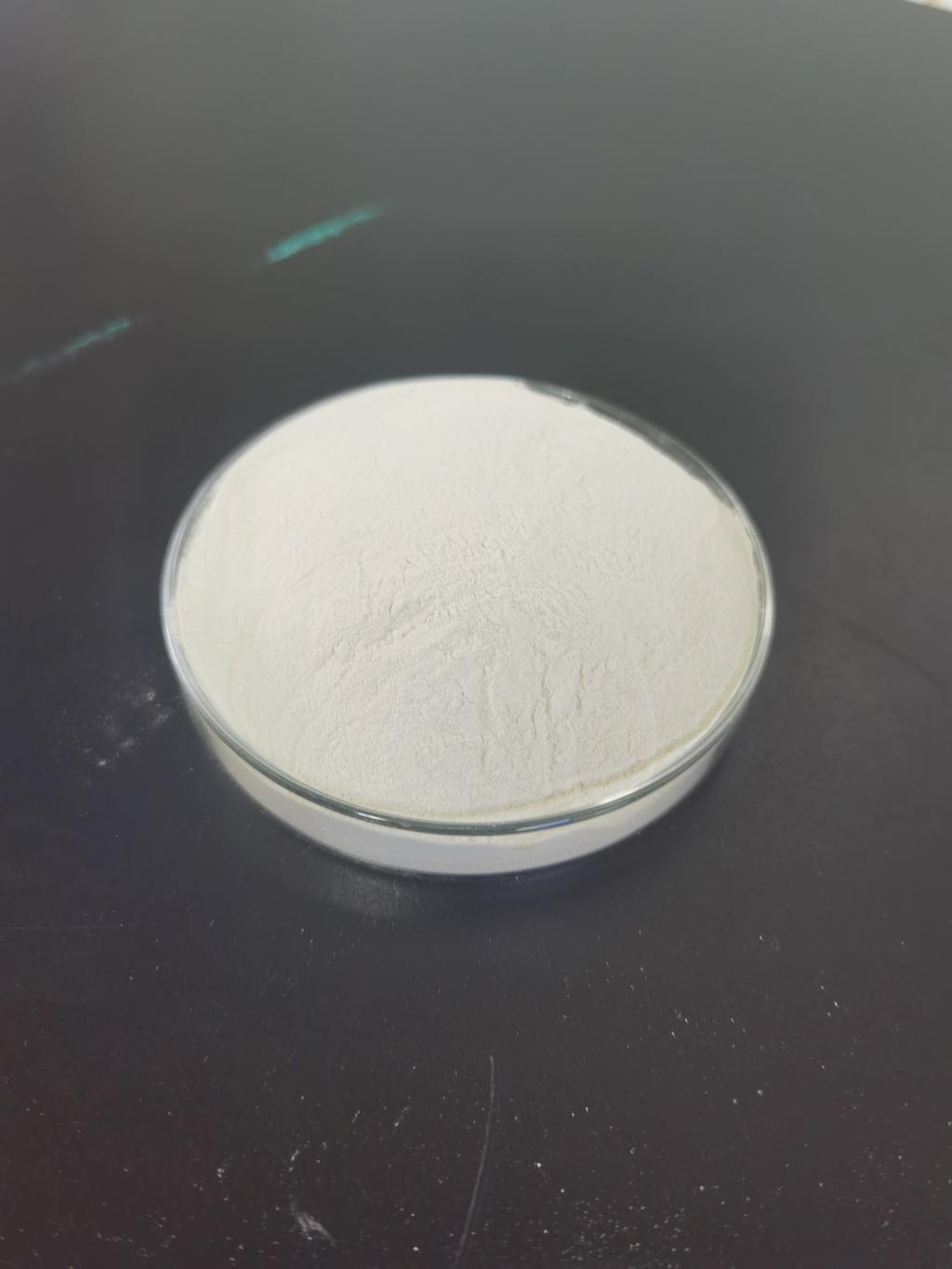Tel:+8618231198596

News
 CONTACT
CONTACT
 CONTACT
CONTACT
- Linkman:Linda Yao
- Tel: +8618231198596
- Email:linda.yao@dcpharma.cn
- Linkman:CHARLES.WANG
- Department:Overseas
- Tel: 0086 0311-85537378 0086 0311-85539701
News
How does Nisin compare to other chemical preservatives in terms of effectiveness and safety?
TIME:2023-07-21
Introduction:
Preserving food is a critical aspect of the food industry, ensuring that products remain safe and maintain their quality during storage and distribution. Chemical preservatives have been widely used for decades due to their ability to inhibit microbial growth and extend product shelf life. However, concerns over the safety of some synthetic preservatives have led researchers to explore alternatives. Nisin, a naturally occurring peptide derived from the bacteria Lactococcus lactis, has emerged as a potential alternative with promising antimicrobial properties. In this article, we will compare nisin with traditional chemical preservatives to assess its effectiveness and safety.
Effectiveness:
2.1 Antimicrobial Activity:
Nisin exhibits potent antimicrobial activity against a wide range of gram-positive bacteria, including foodborne pathogens such as Listeria monocytogenes and Staphylococcus aureus. It acts by disrupting the cell membranes of these microorganisms, leading to cell death. Studies have shown that nisin's antimicrobial activity is comparable to, and in some cases even superior to, certain chemical preservatives.
2.2 Spectrum of Activity:
One of the significant advantages of nisin over some chemical preservatives is its narrow spectrum of activity. Unlike many synthetic preservatives, nisin does not harm beneficial bacteria present in the food, maintaining the natural microbiota and flavor profile.
Safety:
3.1 GRAS Status:
Nisin has been granted Generally Recognized as Safe (GRAS) status by several regulatory agencies, including the United States Food and Drug Administration (FDA) and the European Food Safety Authority (EFSA). This designation indicates that nisin is considered safe for consumption at specified levels.
3.2 Residue and Accumulation:
Unlike certain chemical preservatives, nisin does not leave harmful residues in food products. It is rapidly degraded in the gastrointestinal tract and excreted without significant accumulation in the body, reducing potential health risks associated with long-term exposure.
3.3 Allergenicity:
Food allergens are a major concern for consumers. Fortunately, nisin is not known to cause allergic reactions, making it a safer option for individuals with food allergies compared to some chemical preservatives.
Regulatory Approvals:
Nisin has received regulatory approval for use in various countries, including the United States, Canada, the European Union, and Australia. The approval process involves a comprehensive safety evaluation based on scientific evidence and toxicological studies.
Consumer Perception:
Consumer perception plays a crucial role in the acceptance of any food ingredient or preservative. Some synthetic preservatives have faced negative public perception due to perceived health risks, leading consumers to seek natural alternatives. Nisin, being a natural peptide, generally enjoys a more positive perception among health-conscious consumers.
Potential Health Risks:
6.1 Antibiotic Resistance:
One concern associated with the use of antimicrobial agents, including nisin, is the potential development of antibiotic-resistant bacteria. However, research suggests that the risk of resistance to nisin is relatively low compared to traditional antibiotics used in human medicine.
6.2 High Dosage Concerns:
At very high doses, nisin may have cytotoxic effects on mammalian cells. However, the levels at which these adverse effects occur are significantly higher than the concentrations used in food preservation.
Conclusion:
In conclusion, nisin offers a promising alternative to traditional chemical preservatives in terms of effectiveness and safety. Its potent antimicrobial activity against foodborne pathogens, narrow spectrum of activity, and favorable regulatory approvals make it an appealing option for the food industry. While it is not entirely devoid of potential health risks, nisin's benefits outweigh its limitations when used within approved guidelines. Further research and continuous monitoring are essential to ensure the safe and responsible use of nisin in food preservation.
Overall, nisin shows great potential in meeting the increasing demand for safe and natural preservatives while ensuring the integrity of food products in the global marketplace.
- Tel:+8618231198596
- Whatsapp:18231198596
- Chat With Skype







